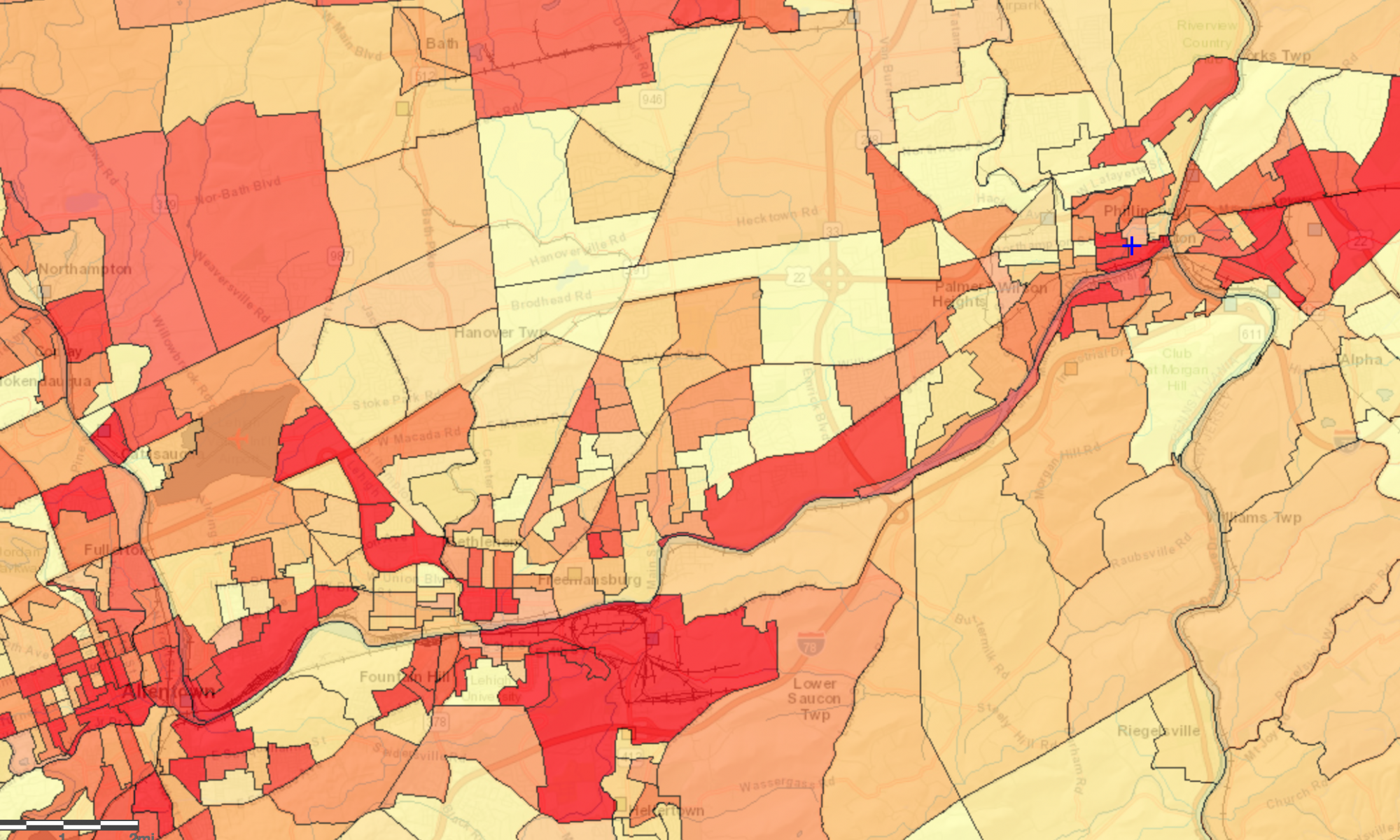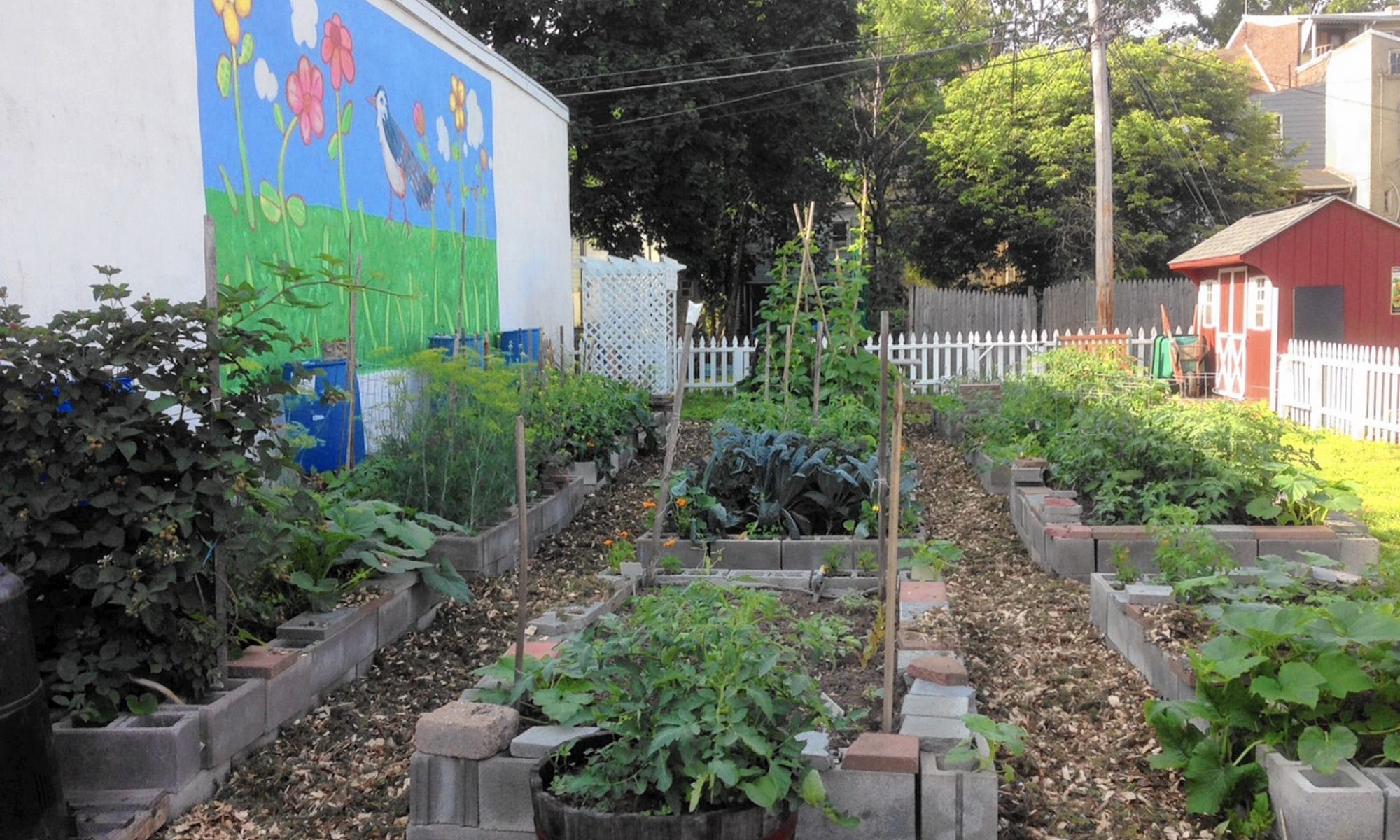Future Research Questions
- What ways can we educate the community on the health benefits of eating fresh produce? Will this motivate them to be more involved in community initiatives to bring produce to the West Ward?
- Would it be more effective to focus efforts towards school children, or adults within the community?
- Is there a way to spread the wealth of fresh food of downtown Easton into the West Ward, rather than building a whole new system of food programs?
- If fresh food were to become more prevalent in the West Ward, what health benefits and/or benefits to the community could we expect to see?
- Is a community owned/operated grocery store a viable option for the West Ward? Is there interest in such an option?
Future Projects
In terms of making food access organizations more effective, their are two major issues that could be resolved by Lafayette students.
-
Design and build a framework to measure the success of food access organizations and initiatives in the West Ward.
At the moment there are a number of organizations combating food access within the West Ward, but they don’t have a set of meaningful metrics to gauge their success. Even if there were a set of established metrics, the organizations have not developed a system to collect data on their success. By creating a framework which defines success and details a way to collect data on that success, students would be making a significant impact on the lack of food access within the West Ward.
-
Create a system to market and advertise fresh food programs within the West Ward.
One of the major issues impeding the success of fresh food initiatives is their ability to spread the word. The resident of the West Ward have proven to be hard to reach. The need exists for students to develop a system that allows fresh food programs to educate and inform the residents of the West Ward about the opportunities available to them. By creating this system, students would be solving a major issue that has increased the prevalence of food in-access.

